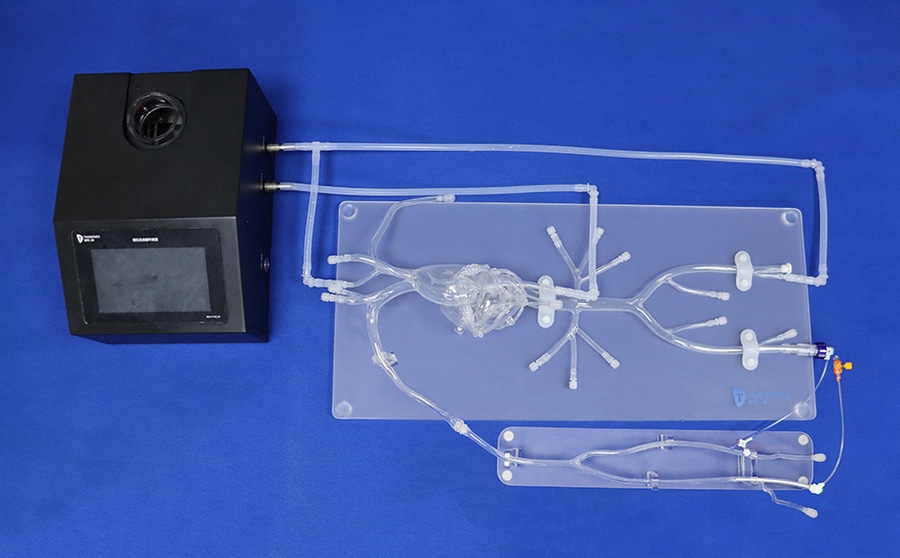
#Industry News
Minimally invasive cardiovascular surgery
Detachable Coronary Model
Minimally invasive heart surgery involves making small cuts, called incisions, in the chest. This lets the surgeon reach the heart by going in between the ribs. The surgeon doesn't cut through the breastbone, as is done in traditional open-heart surgery.
Minimally invasive heart surgery can be used to treat many different heart conditions. Compared with open-heart surgery, this type of surgery often means less pain and a quicker recovery for many people.
Robot-assisted heart surgery and thoracoscopic surgery are types of minimally invasive heart surgery.
Many types of heart procedures can be done with minimally invasive heart surgery. Examples include:
1. Closure of a hole in the heart, such as atrial septal defect or patent foramen ovale.
2. Atrioventricular septal defect surgery.
3. Maze procedure for atrial fibrillation.
4. Heart valve repair or replacement.
5. Surgery to remove tumors from the heart.
The benefits of minimally invasive heart surgery when compared with open-heart surgery can include:
1. Less blood loss.
2. Lower risk of infection.
3. Less pain.
4. Less time needing a breathing tube, also called a ventilator.
5. Less time spent in the hospital.
6. Faster recovery and quicker return to usual activities.
7. Smaller scars.
Minimally invasive heart surgery isn't right for everyone. Your health care team reviews your health history and does tests to learn if it's a good option for you.
Specially trained surgeons do minimally invasive or robotic heart surgery. You might be referred to a medical center with surgeons and a surgical team who have the needed expertise.
Robot-assisted heart surgery
In this type of minimally invasive heart surgery, robotic arms are used to do the surgery. The surgeon controls the arms from a nearby computer station. The surgeon looks at a magnified 3D view of the heart on a video monitor. When the surgeon's arms and wrists move, the robotic arms move the same way to do the surgery.
Surgical tools are attached to the robotic arms. A surgical team at the operating table changes those tools as needed.
Thoracoscopic surgery
This type of surgery also is called a minithoracotomy. The surgeon inserts a long, thin video camera called a thoracoscope into a small incision between the ribs in your chest.
The surgeon repairs the heart using long instruments placed through small incisions between the ribs.
After the procedure
It's typical to spend one night in the intensive care unit (ICU) after minimally invasive heart surgery. You usually have:
1. Fluids and medicines going through an IV.
2. Tubes to drain urine from your bladder or fluid and blood from your chest.
3. Extra oxygen through a face mask or through a small plastic tube next to your nose.
After the ICU, you move to a regular hospital room. The number of days you spend in the hospital depends on the type of surgery and your overall health.





